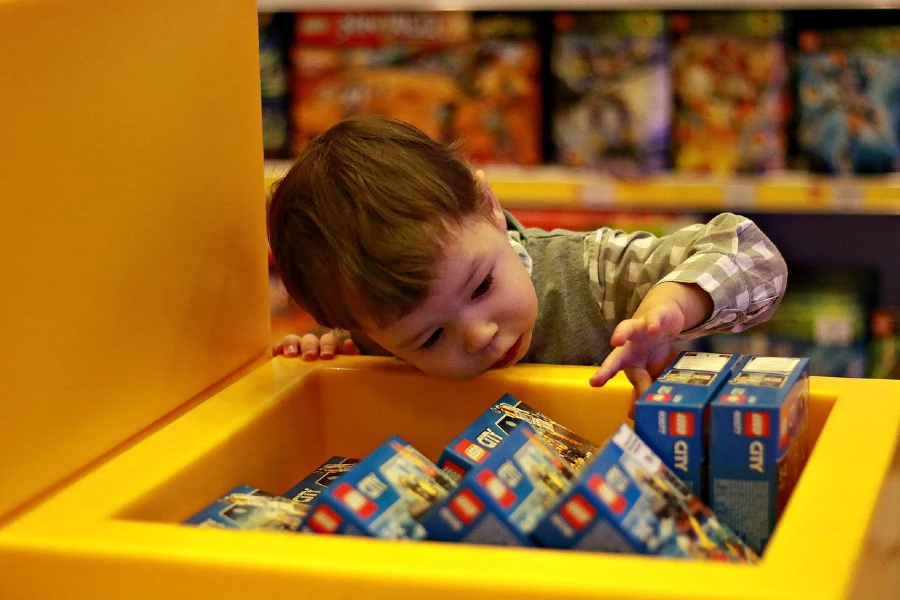When it comes to children who have Autism Spectrum Disorder (ASD), no one style of social connection cannot be considered the “best” sort. The most suitable strategy is one that takes into account the child’s unique capabilities, difficulties, and interests. Some broad tactics and activities, on the other hand, can be quite helpful in fostering positive social connections, including the following:
Activities That Are Structured:
Children with autism spectrum disorder (ASD) typically flourish in surroundings that are structured and provide them with predictability. To help children feel more at ease and interested, activities that have well-defined rules and routines can be beneficial.
Youngsters should begin with simple interactions and gradually introduce more complicated social circumstances as they gain confidence. Start with simple interactions and gradually raise the complexity of the situation.
Attention should be paid to activities based on the child’s hobbies or interests. These activities can stimulate involvement and create a common platform for connection. An example would be drawing together, playing a straightforward board game, or constructing something using Legos.
Playing beside one another with comparable toys might be a comfortable beginning point for some children.
Social Interaction Through Play:
Encourage activities that require working together towards a common objective, particularly those that foster collaboration and communication. This type of play is known as cooperative play. For example, you may construct a tower together or take turns rolling a ball back and forth around the table.
Playing beside one another with comparable toys might be a comfortable beginning point for some children who have Autism Spectrum Disorder (ASD). Parallel play is a form in which children enjoy playing alongside one another.
Due to the nature of this sort of play, these children can participate in an activity that they find delightful without the additional social demands that can be intimidating.
The sensory and cognitive processing impairments that children with autism spectrum disorder (ASD) encounter can make it challenging for them to navigate complicated social interactions and for them to participate in activities that include group play.
Parallel play provides a less overwhelming setting, so students are able to explore their interests and develop their talents at their own pace without the pressure of actively engaging with their classmates.
Playing in this manner also contributes to establishing a basis for future social development. As they become more comfortable and confident in their parallel play, children may gradually migrate from parallel play to more involved types of play, such as cooperative or imaginative play.
Children with autism spectrum disorder (ASD) can develop the required social-emotional competences to participate in more complicated social situations with the help of the skills and experiences obtained through parallel play, provided that they are given the time and support to do so.
Parallel play is a crucial stepping stone for many children with autism spectrum disorder.
Furthermore, parallel play can be an effective tool for parents, caregivers, and educators to use to support and facilitate the growth and development of children who have autism spectrum disorder (ASD).
Establishing structured opportunities for parallel play allows them to create a secure and nurturing environment that encourages the child’s interests, self-regulation, and emotional learning at a speed that is comfortable and suitable for their requirements.
Parallel play is a crucial stepping stone for many children with autism spectrum disorder (ASD) because it enables them to participate in activities that are significant to them while providing them with the opportunity to progressively gain the social and emotional skills that are necessary for more engaging kinds of play and social engagement.
The Groups for Social Skills:
With the help of supervised practice, children can practice their social skills in a safe and controlled environment by participating in structured social skills groups taught by therapists or other trained experts. Individuals can acquire skills like taking turns, maintaining eye contact, and starting conversations.
Interaction with peers: Social skills groups allow children to interact with other children who may be experiencing issues similar to their own. As a result, they can learn from one another and form social connections.
Assistance with Technology in Interaction:
Social stories can be useful tools for preparing children with autism spectrum disorder (ASD) for social interactions by explaining what to anticipate and how to respond appropriately. You can also find applications and programs designed to teach social skills in an interesting and interactive manner.
Visual supports: During social encounters, visual aids such as picture cards or social scripts can provide unambiguous advice and support.
Your youngster should be praised and rewarded for positive social interactions.
Additional Suggestions to Consider:
Your child should be encouraged to develop excellent verbal and nonverbal communication skills, and you should emphasize communication. This involves utilizing easy-to-understand language, gestures, and facial expressions.
Your youngster should be praised and rewarded for positive social interactions. This is an example of positive reinforcement, which not only encourages kids to continue trying but also promotes the desired actions.
Practice and time are required to develop social skills, so have patience. If your child is improving, no matter how small, you should applaud it and show patience with them.
Think about each person’s specific requirements. Your approach should always be tailored to your child’s specific strengths and challenges. What is successful for one child might not be successful for another.
It is important to keep in mind that the objective is to establish a positive and supportive atmosphere in which children with autism spectrum disorder (ASD) can feel at ease and confident enough to explore interaction with others at their speed.
Here are some resources that can be used for further investigation:
Autism Speaks: https://www.autismspeaks.org/social-skills-and-autism
National Autistic Society: https://www.autism.org.uk/advice-and-guidance/topics/communication/understanding-and-developing-communication
Developing Child at Harvard University: https://developingchild.harvard.edu/

